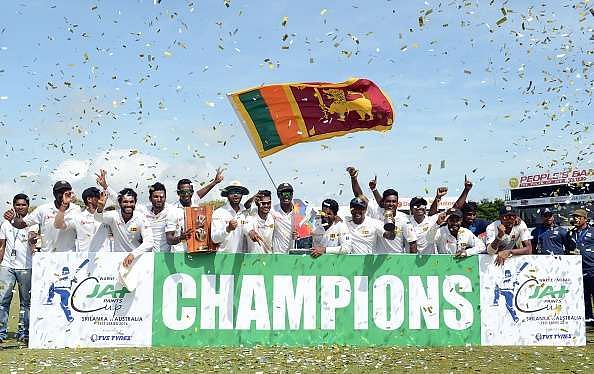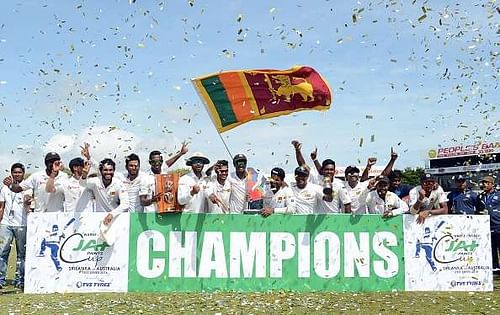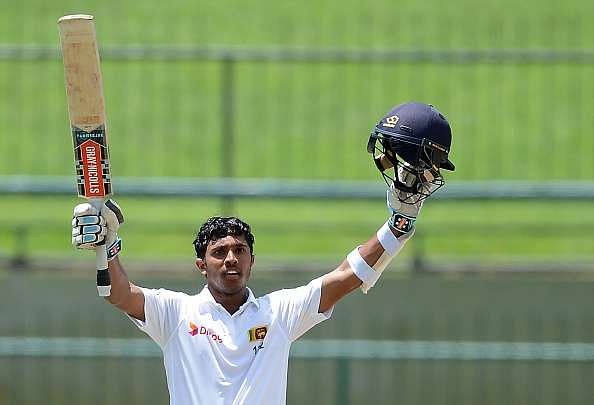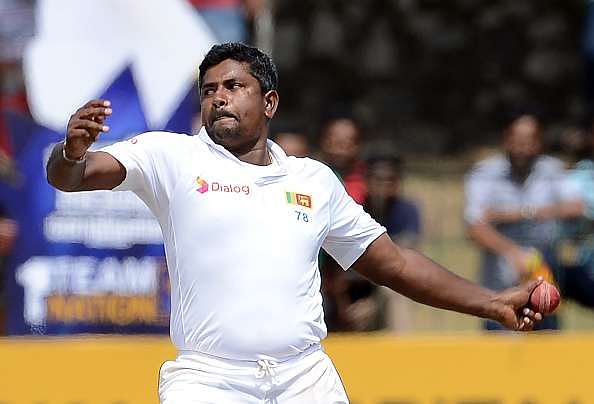
Sri Lanka vs Australia 2016: The contrast between the Test and ODI series
After what had turned out to be a torrid tour of the United Kingdom, wherein Sri Lanka had failed to win a single game of competitive cricket, the home series against Australia was being seen as a nightmare that was about to befall on the Lankans. The departure of the greats, the extended transition stage and injuries to some of the key players had reduced the Lankan lineup to a rubble, and if at the beginning of the series you would have told someone that Sri Lanka would go on to whitewash the No. 1 Test team at the time, you would have been labelled as a troll.
Uncertainties, however, are as much a part of the game as are the results that transpire. Even the biggest of optimists would have lost a large chunk of their faith when Sri Lanka were bowled out for 117 on the first day of the first Test in Kandy. And those who would have still managed to put their faith behind the beleaguered side would have been left dumbfounded after Australia managed to get a slender 1st innings lead of 86 runs.
Kusal Mendis – Sri Lanka’s new hero
Rangana Herath had done the usual by picking up 4 wickets, while debutant Lakshan Sandakan emerged as a surprise entrant with his own four-wicket-haul. However, this slender first innings lead was speculated to be too much for the Lankans to scale, as they had only recently been bowled out for 117 – only 31 more runs. The result looked obvious, save for one man – who had been the only positive that the island nation could take out of their tour to England – who decided to step up and take the Australians on.
What ensued was a knock of 176 runs off 254 balls and an innings that, within the duration of five gruelling hours, changed the face of the game. From trailing behind by 86 runs, Sri Lanka now lead the Aussies by 267 runs. The target wasn’t an impossible one to achieve, but given the predicaments of a day 4 pitch in the subcontinent, and the Herath factor favouring the Lankans, the hosts were in the driver’s seat, all of a sudden.
It was there that the downfall began. A downfall that even the greatest of cricket scientists wouldn’t have predicted. A downfall that exposed the hollow skeleton that lied behind the rough, bullying men from down-under. Australia just could not play spin. Herath picked up five wickets to bowl the visitors out for 161. Sri Lanka won the first Test by 106 runs. Predictions and astrology went out of the window.
The debacle was evident, it was prominent as well, but for a side such as Sri Lanka – that had just endured one of its worst tours of England – to beat the No. 1 side in the world took some believing. So Sri Lanka decided to go one step better in the next Test at Galle.
A resurrection of magnanimous proportions
Mendis was at it again. Although he missed out on a hundred this time, the 21-year-old made sure that he scored at least as many runs (86) as was Australia’s lead in the first innings of the last Test – one of the only two occasions that they led the hosts in the entire series. Sri Lanka piled up 281. Australia capitulated for 106 – their lowest ever Test score in Sri Lanka. Herath, this time, was accompanied by Dilruwan Perera – an all-rounder who would go on to make a lasting impression on the series – and the duo shared four wickets each.
Perera was to play his role with the bat as well in the same game when in he came in to bat at 98/5 and smashed 64 runs off 89 balls with 7 fours and 2 sixes. Australia were set 413 to win. Herath did the rest. The visitors lost by an even bigger margin – 229 runs – as the veteran left-arm spinner picked up another 10-wicket-haul.
Colombo offered some solace to the Aussies in the fact that they were able to cross the 300-run mark for the first time in the series. The game had already seen four centuries being scored in the first two innings. But the best of them all was yet to come. Kaushal Silva hadn’t done much justice to the long rope that was handed to him as a Test opener. That he chose an opportune moment to answer which proved out to be an insult to injury can be termed as a coincidence.
Silva’s 115 helped SL declare at 347/8, setting Australia 324 to win. They’d managed 379 in the first innings, but couldn’t manage even half of it in the second. The 40-year-old veteran picked up 13 wickets in the match, and 32 in the series. Australia were whitewashed for the third consecutive time in the subcontinent.


